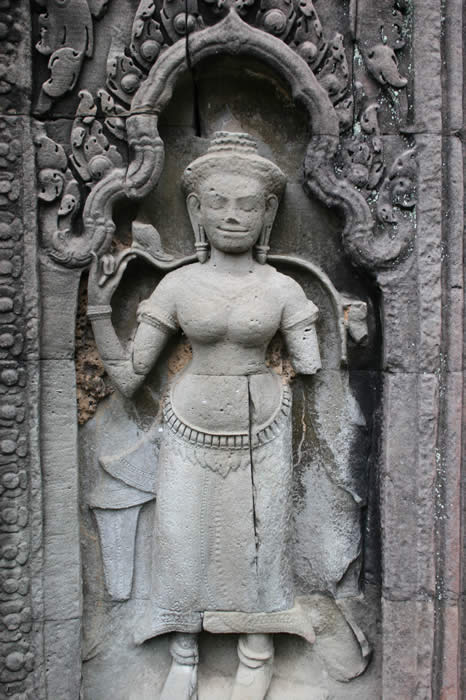 |
Nefersweetie |
This site is justly famous, in part because of the sheer scale of the discovery. but the discovery is not about the scale or the size, despite the emphasis on impressive statistics. In the end, it's the aesthetic and craft of the sculptures that touches me; each one of them an individual, apparently the actual face of a man who lived, and which has been passed down to us over several thousand years. The conceits of the emperor who built this tomb are common: a belief in one's own power, lust for an immortality that forever escapes us. Megalomania of this kind has left its mark in every society, both ancient and modern. In the end, what always impresses me—from the Great Pyramid to the monuments at Tikal— is the intimate, personal efforts of the everyday individuals who did the work. |
|
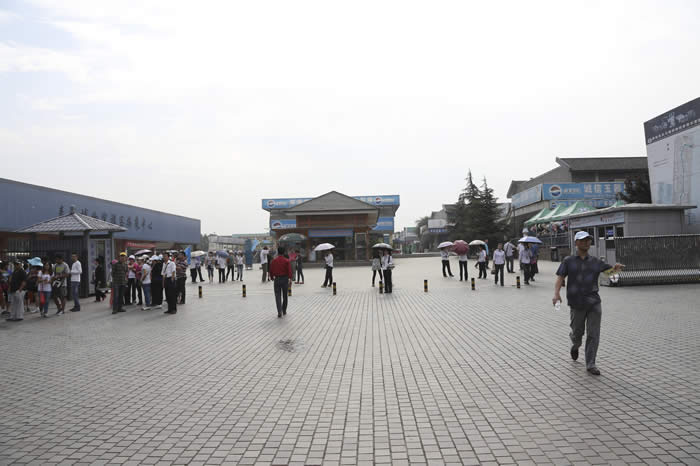 |
|
This site hosts many millions of visitors a year. It's been engineered to handle large crowds. |
|
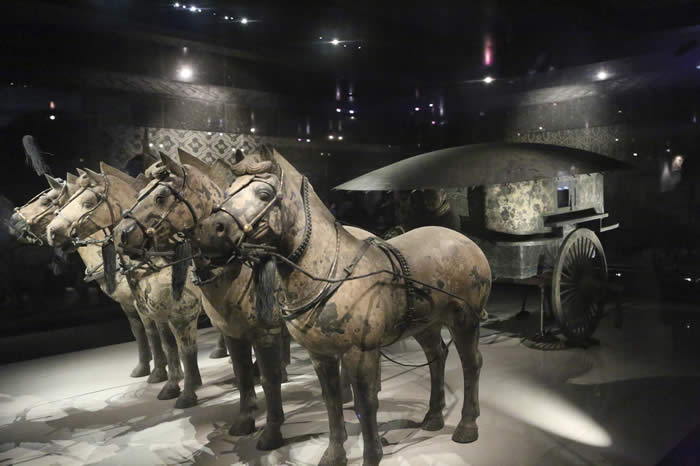 |
|
An impressive museum houses the remains of several bronze carriages, elaborately restored. The skill and technology required to cast complex bronze statuary of this kind is extraordinary, testifying to the high level of development already achieved in this area several thousand years ago. |
|
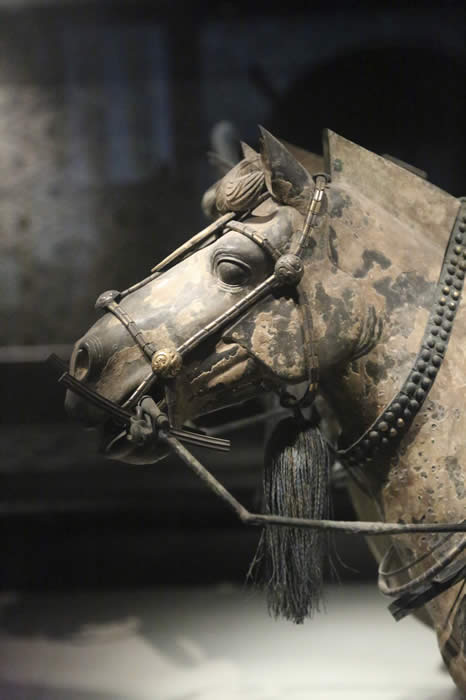 |
|
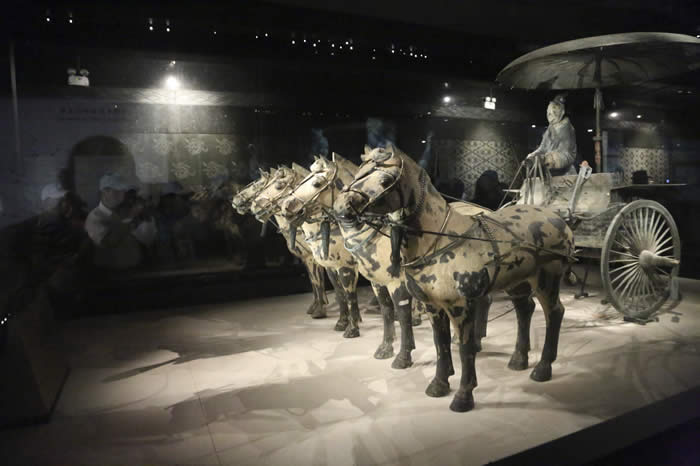 |
|
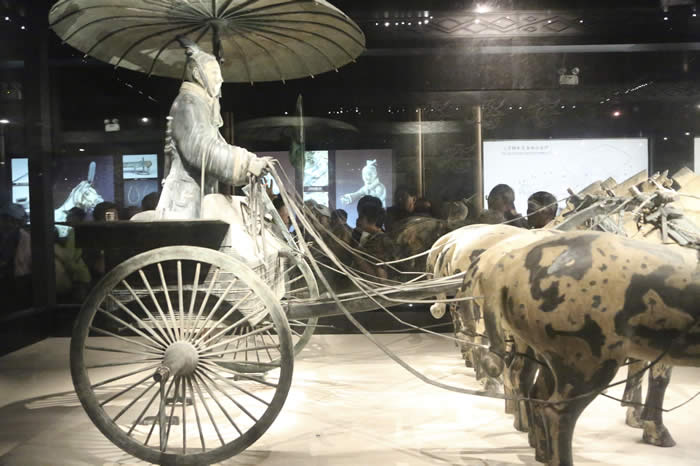 |
|
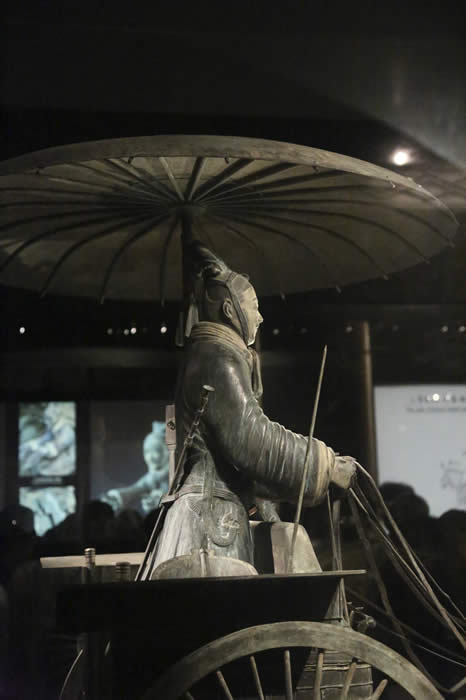 |
|
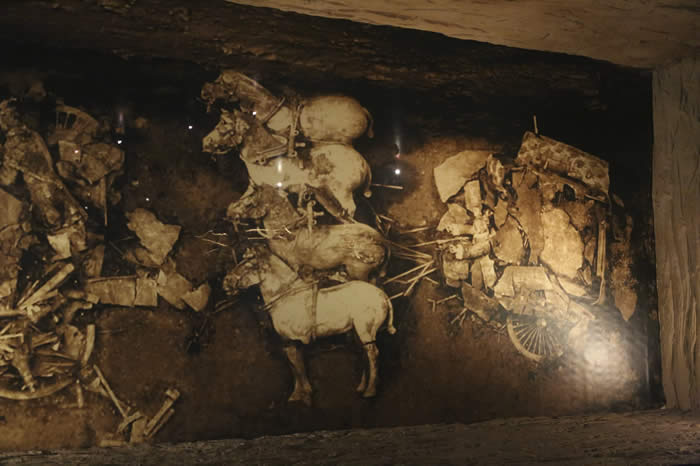 |
|
Like almost all the objects and statuary discovered at this massive necropolis, the bronze carriages were in a terrible state of disrepair when excavated. Countless hours of restoration have gone into every object one sees on display. |
|
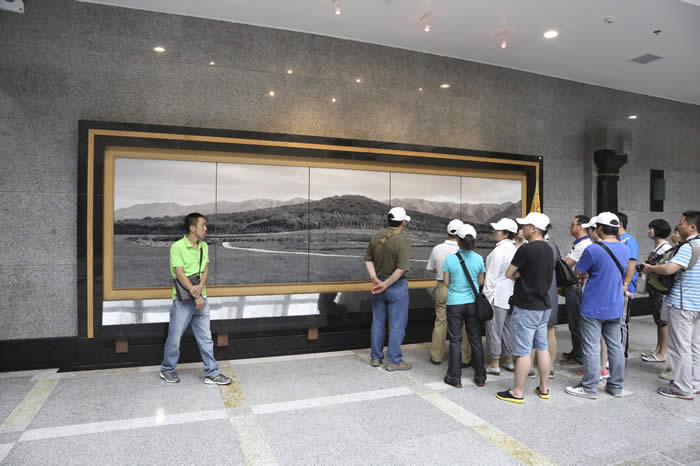 |
|
This panoramic photograph shows the actual tomb mound in which the Emperor is interred. It hasn't been excavated yet; technology for preserving what archaeologists expect to find in the tomb, including textiles and painted objects, isn't mature enough to guarantee preservation. In modern archaeology, it's often presumed that waiting to excavate is the preferred course; every decade brings new advances that allow for less destructive excavation techniques and more sophisticated conservation. |
|
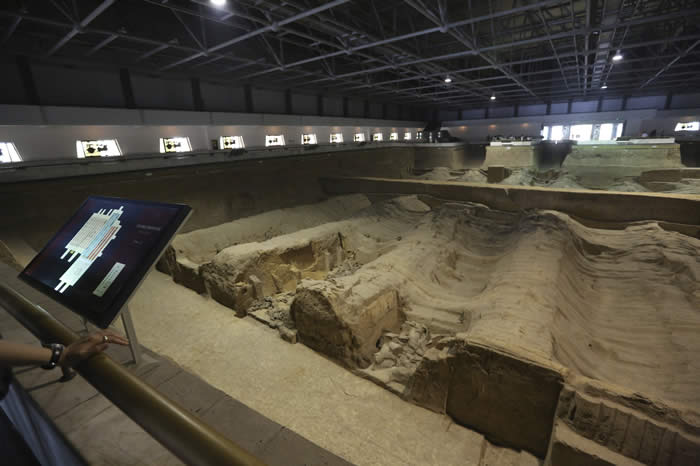 |
|
The majority of the terra-cotta warriors remain underground, still buried in their original corridors. The excavations are housed in three enormous buildings, protecting them from the elements. The collapsed roofs and piles of terra-cotta shards—the remains of warrior statues—are evident in this first glimpse at the entry to one of the buildings. |
|
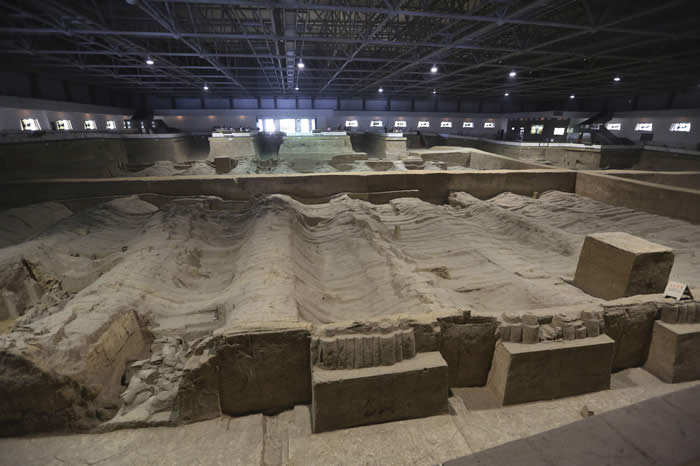 |
|
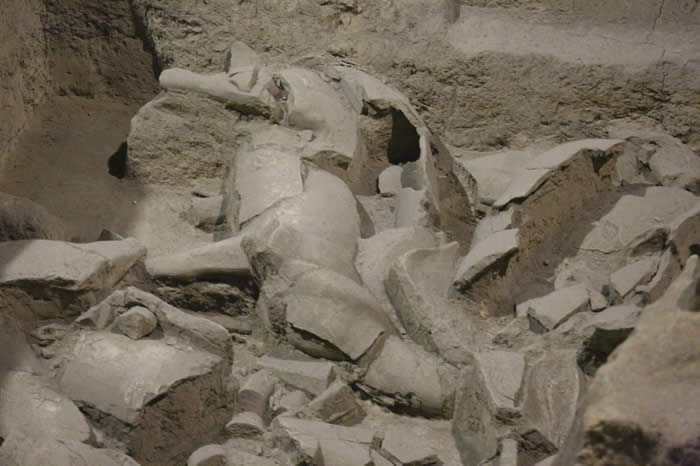 |
|
Apparently, the tomb was intentionally raided and destroyed by a rival general after the Emperor died. They smashed, looted, and burned the mortuary area. The remains of this horse give you a good idea of the daunting task that faces these excavators with every figurine they uncover. |
|
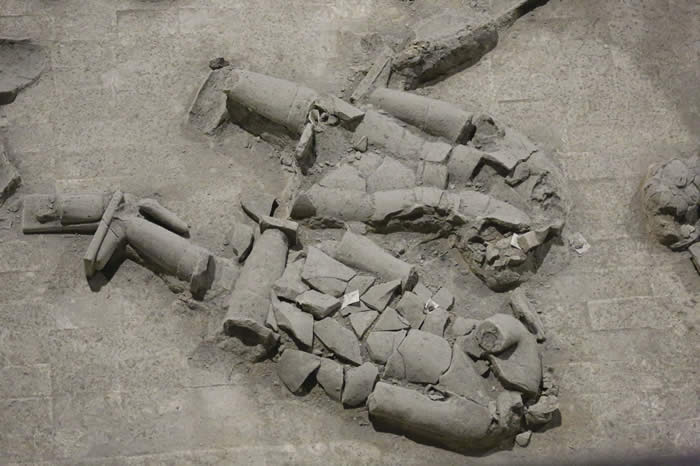 |
|
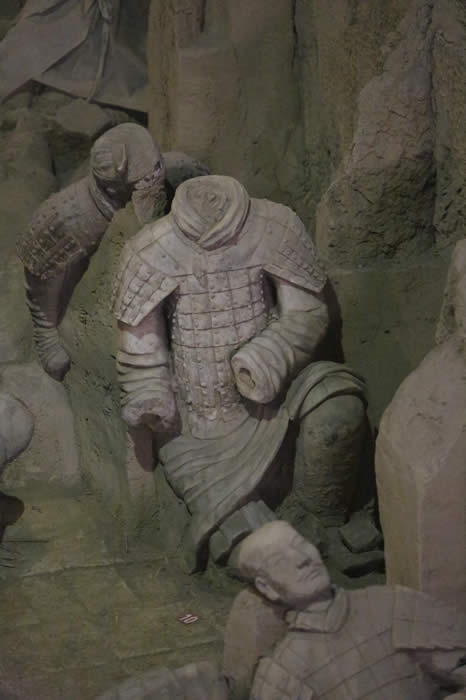 |
|
Headless figures add a haunting air to the excavation. |
|
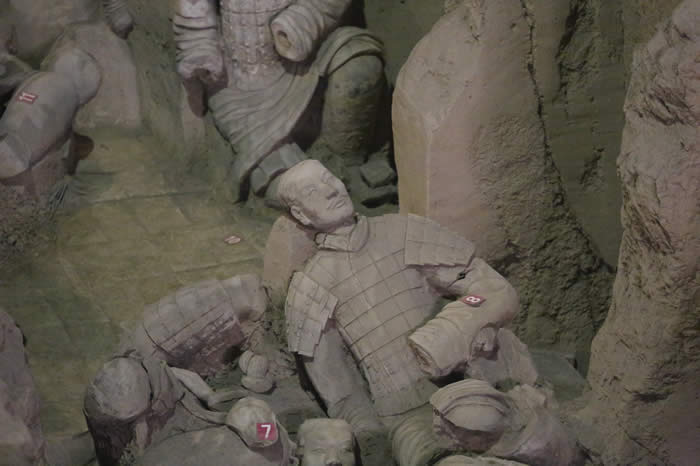 |
|
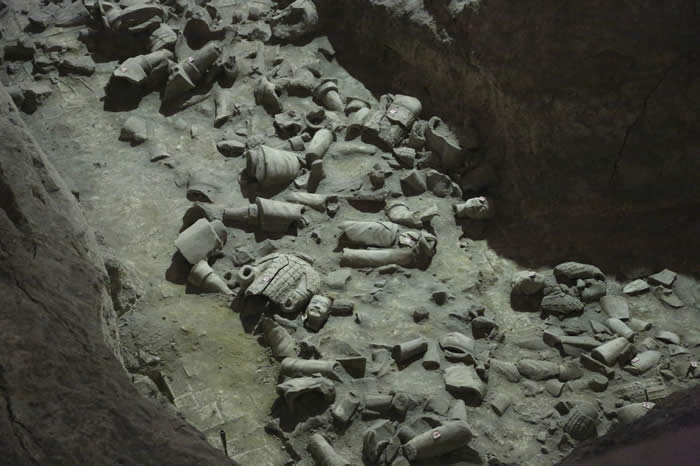 |
|
The excavations begin to look like a battlefield littered with corpses after an engagement. |
|
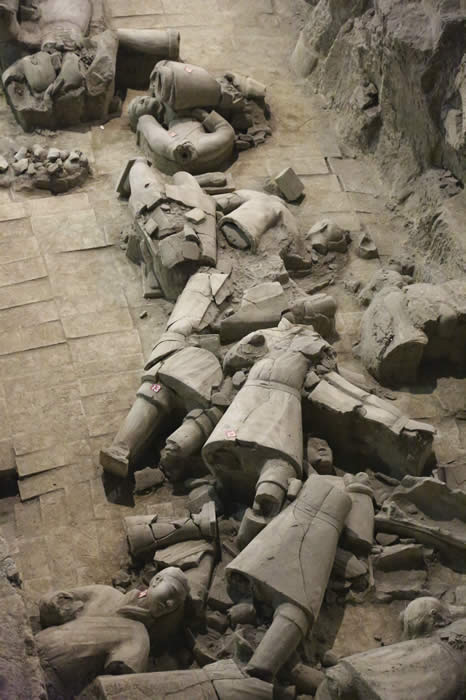 |
|
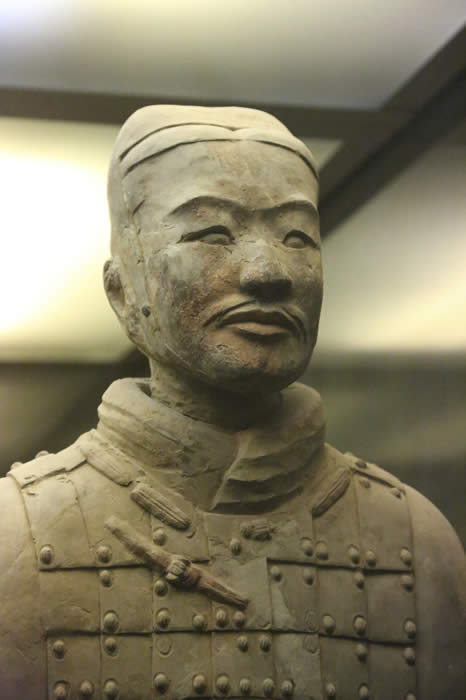 |
|
Painstakingly restored figures give a hint of what they must have looked like when they came out of the ground. All the figures were originally painted in bright, lifelike colors, including (undoubtedly) flesh tones for the skin; so each figure originally projected an uncanny presence. |
|
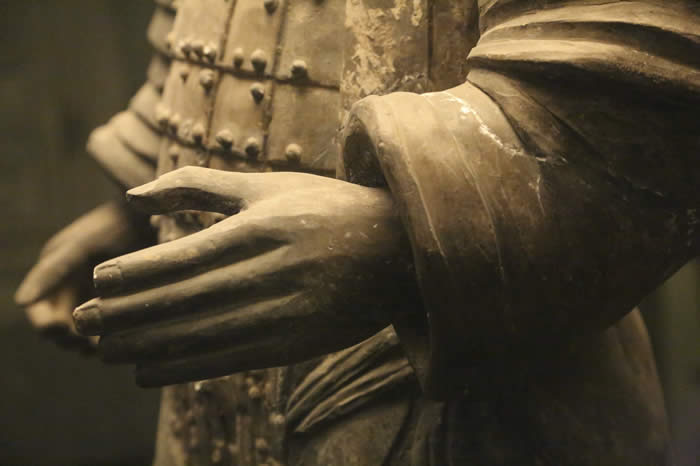 |
|
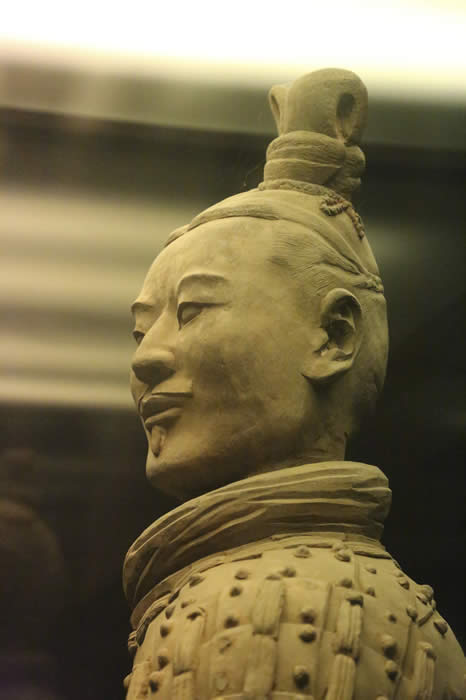 |
|
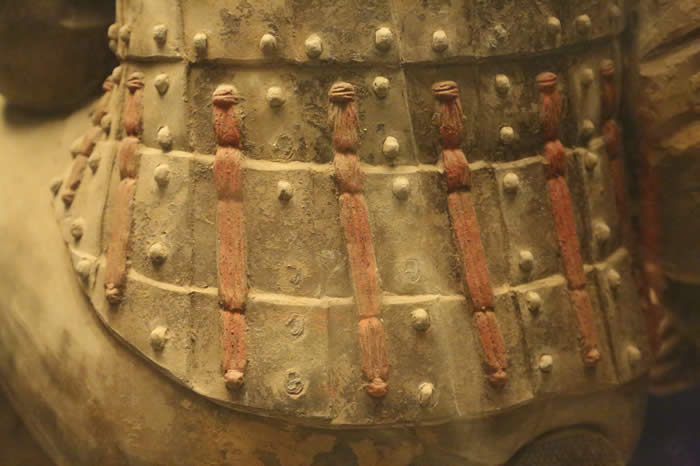 |
|
When excavated, some of the paint is often still visible; within a few hours of exposure to light, it fades. This is one reason the excavation is proceeding at a slow pace; archaeologists would prefer to find a way to preserve the color, but so far, though successful method for stabilizing the pigments has been discovered. Certain pigments already rich in oxides, like this red, are less subject to deterioration when exposed to oxygen, so they can sometimes be preserved. |
|
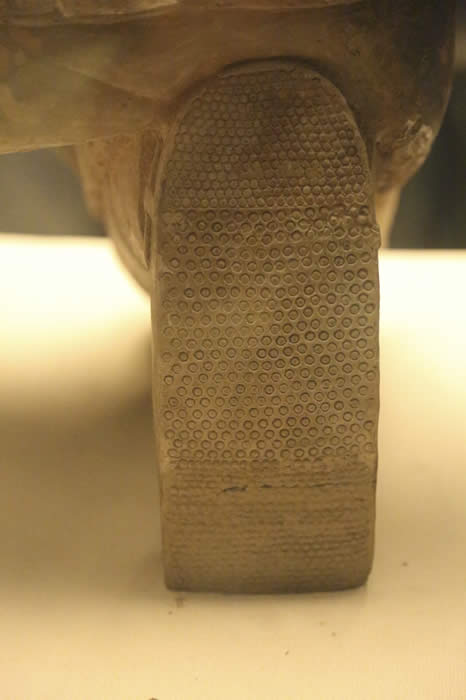 |
|
Details on the figure go down to the tread on the soles of their feet, giving us information on how garments and shoes were made. Nike engineers, take note. |
|
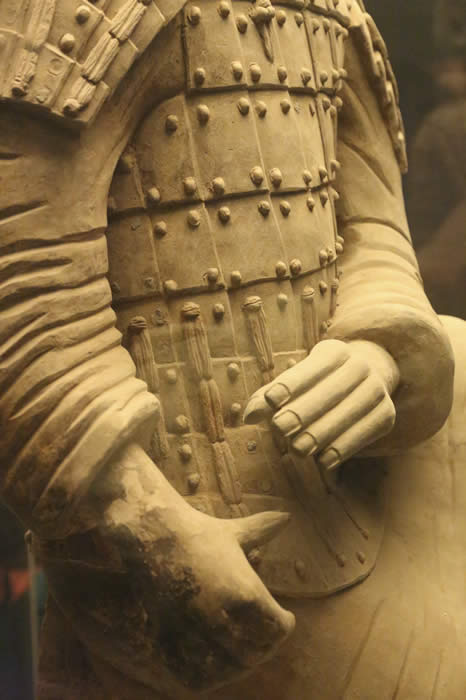 |
|
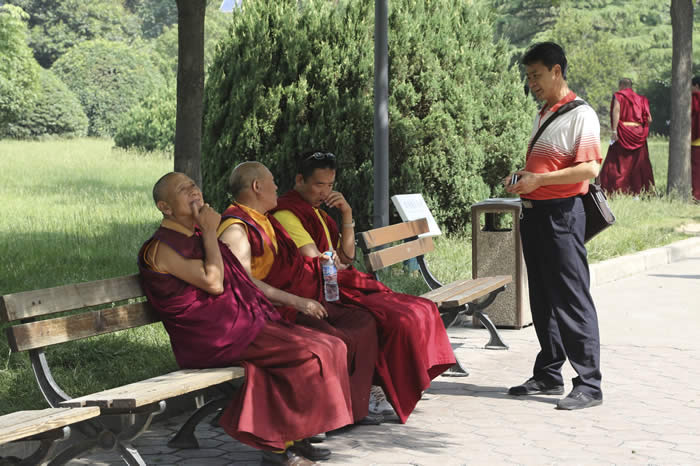 |
|
Even Buddhist monks enjoy a good tourist experience. |
|
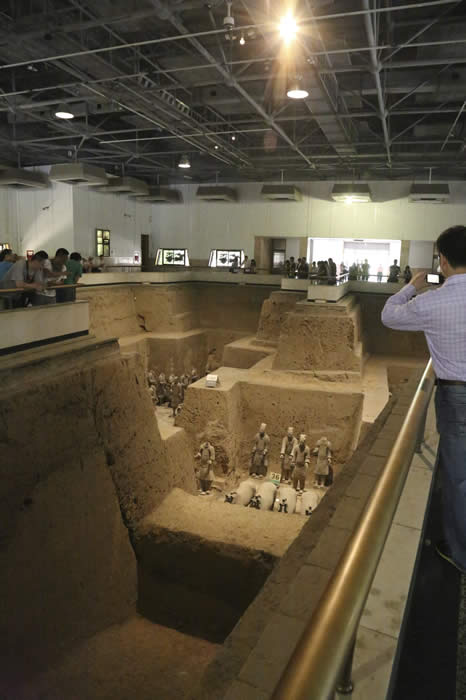 |
|
Another excavated pit, this one filled with administrative groups. It appears that having an effective bureaucracy is essential, even in the afterlife. |
|
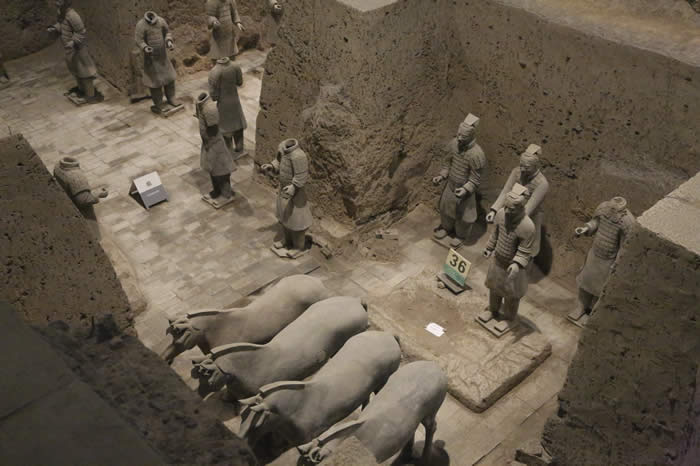 |
|
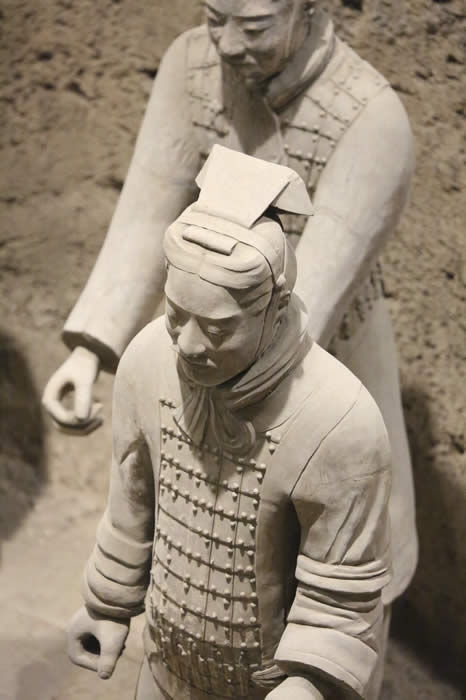 |
|
Spiffy headgear is also essential. |
|
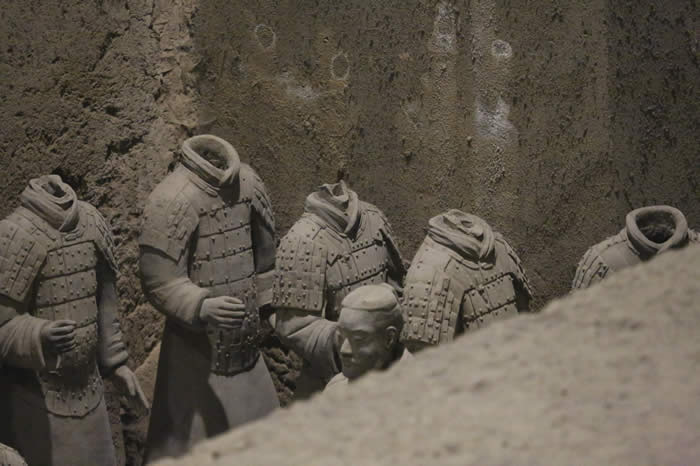 |
|
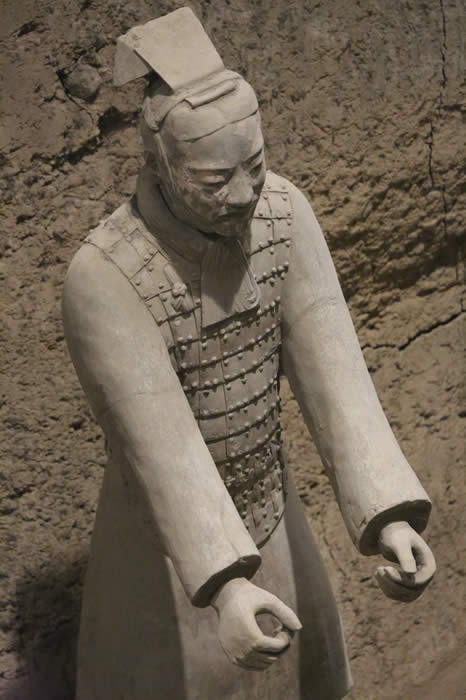 |
|
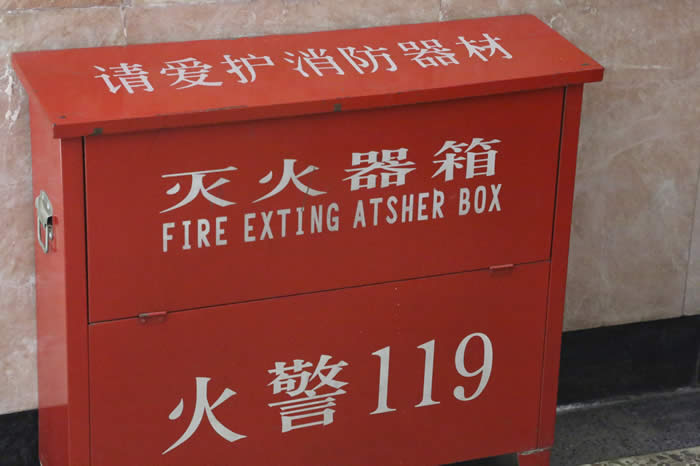 |
|
There are occasional spelling challenges. |
|
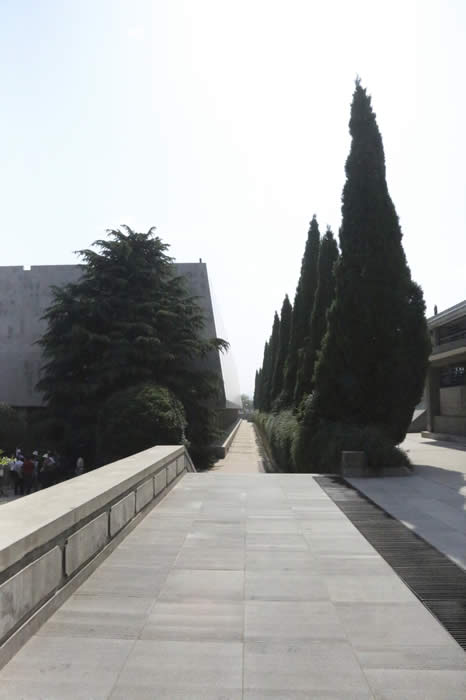 |
|
Walking toward the main pit. The serenity of this walkway belies the overcrowded, Disneyland atmosphere one encounters in the main building. |
|
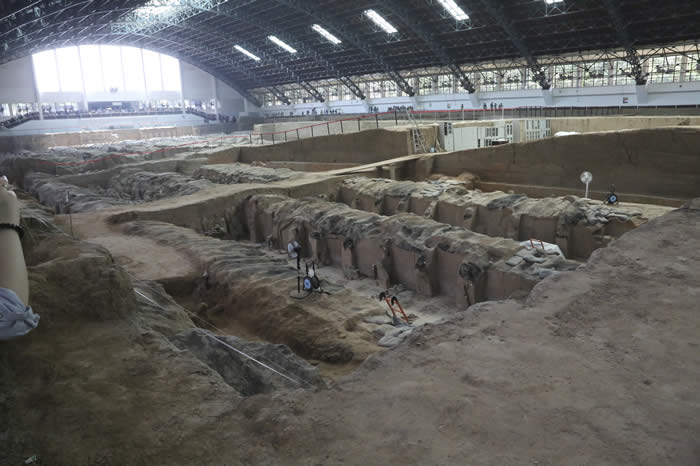 |
|
The huge main building, seen from the back. |
|
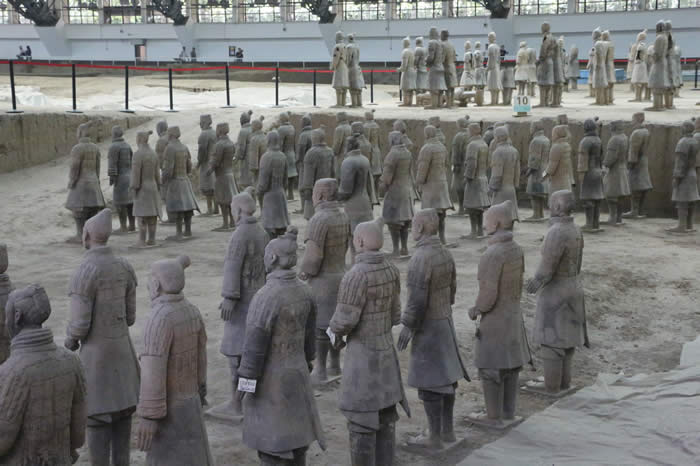 |
|
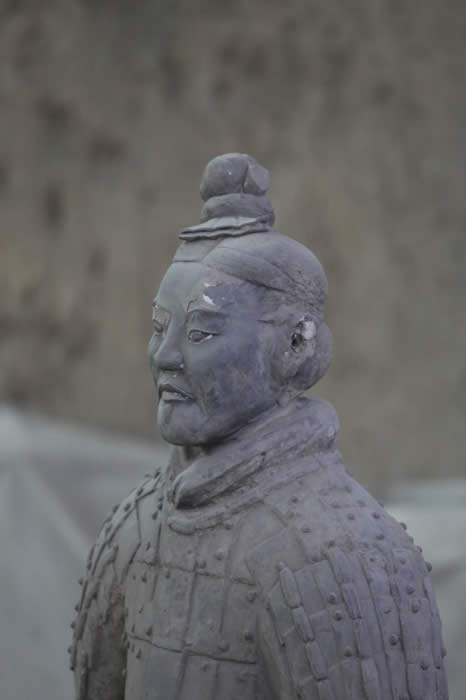 |
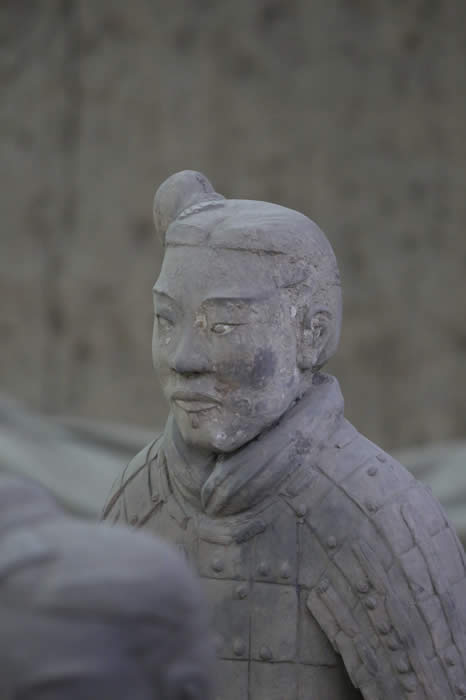 |
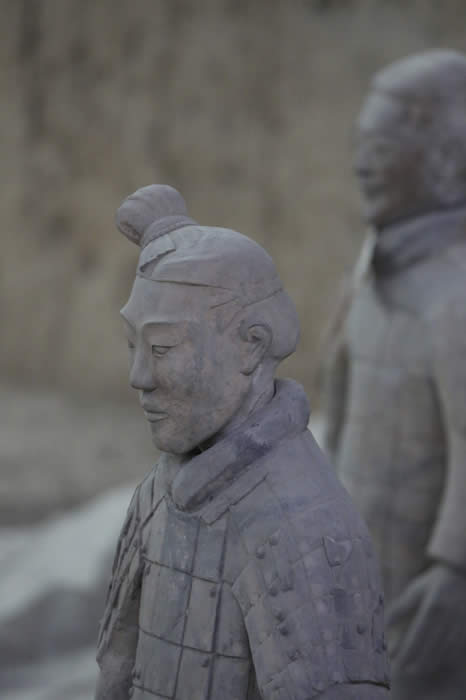 |
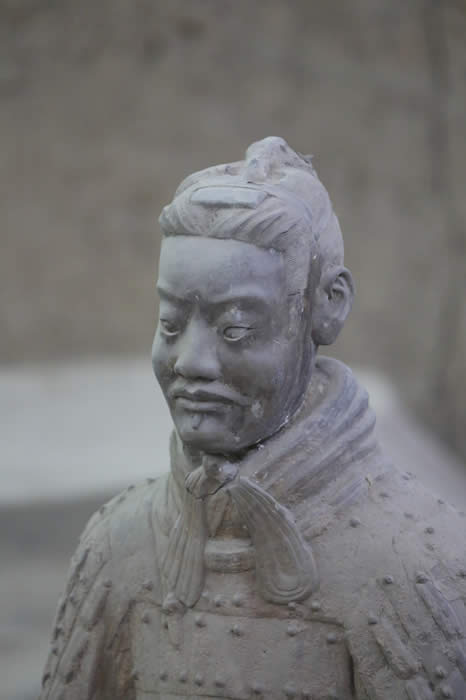 |
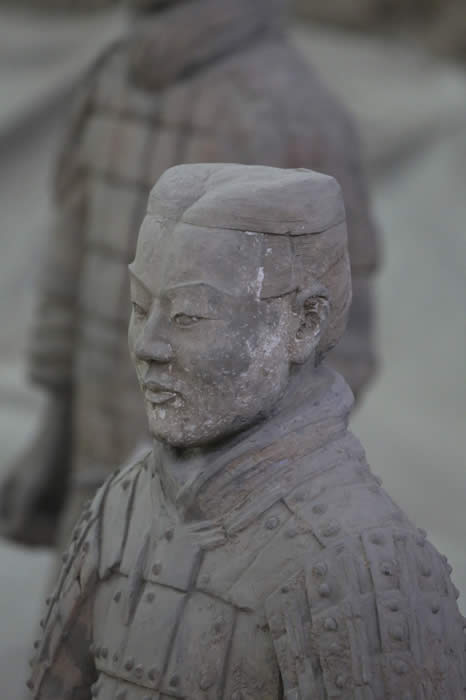 |
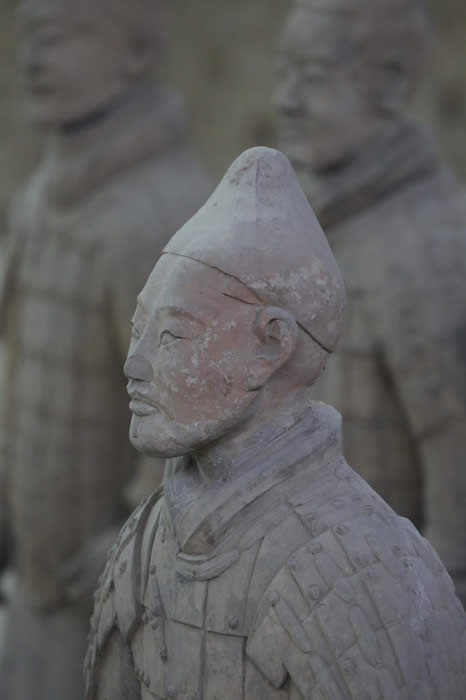 |
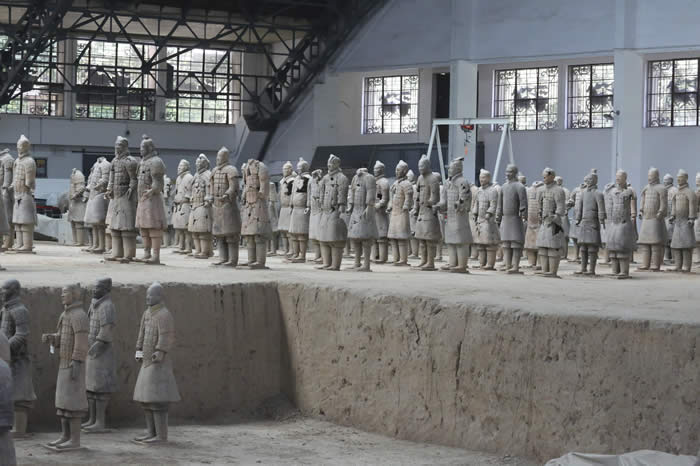 |
|
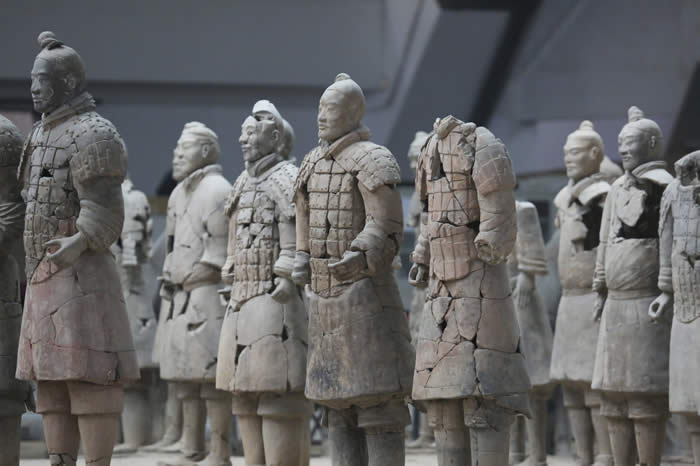 |
|
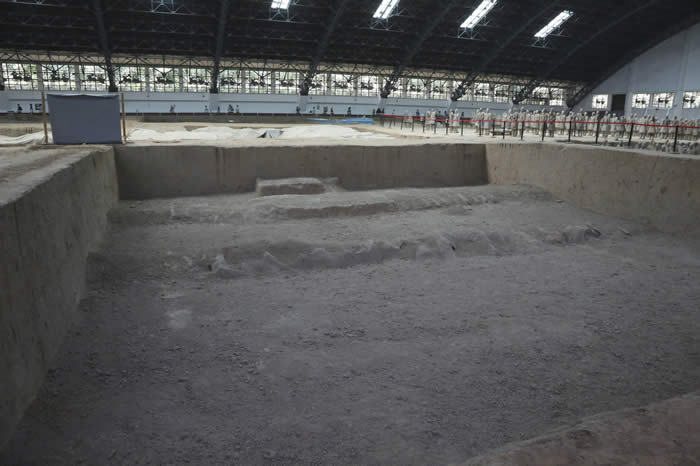 |
The top of some of the unexcavated pits can be seen in the foreground here. |
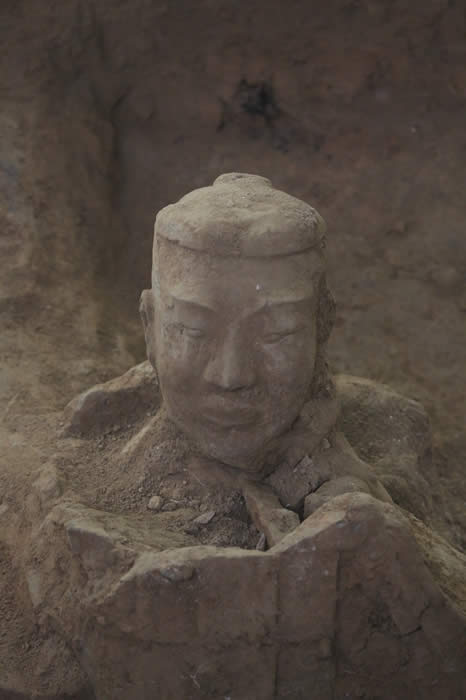 |
This gentleman was in the news only a few weeks after I met him. |
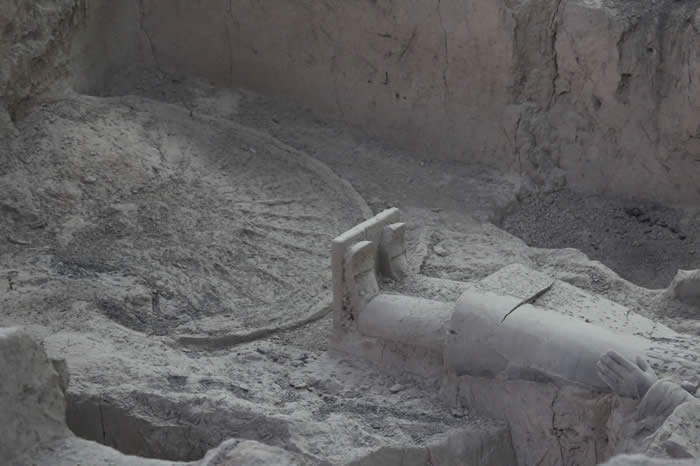 |
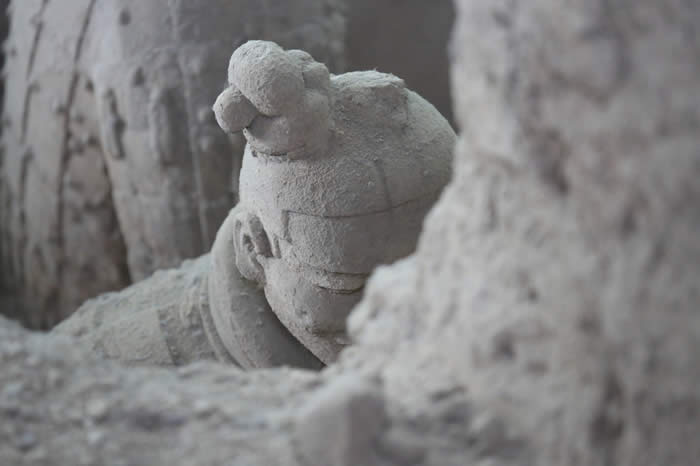 |
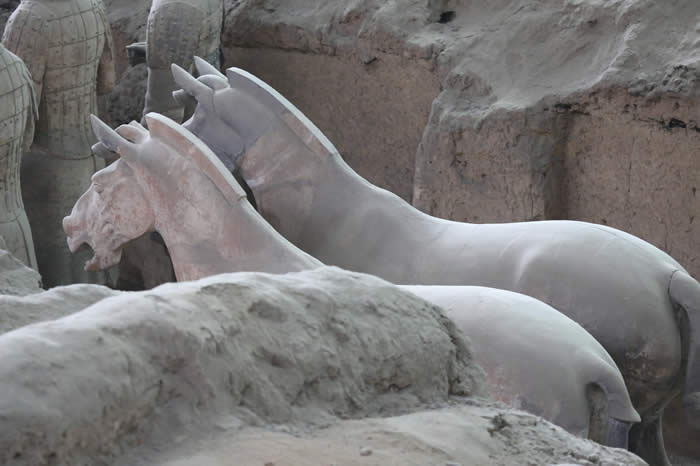 |
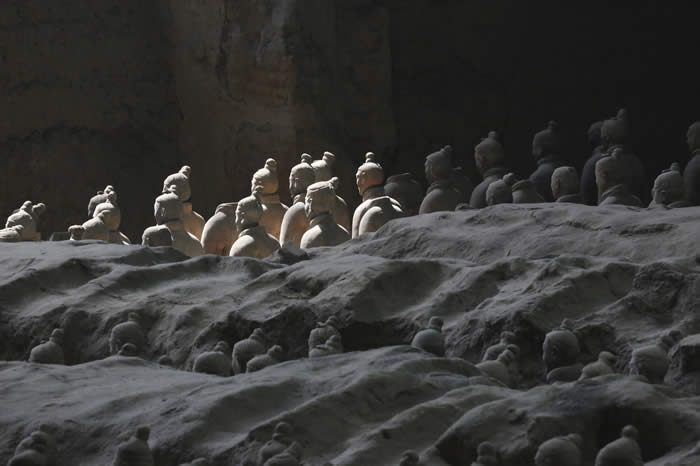 |
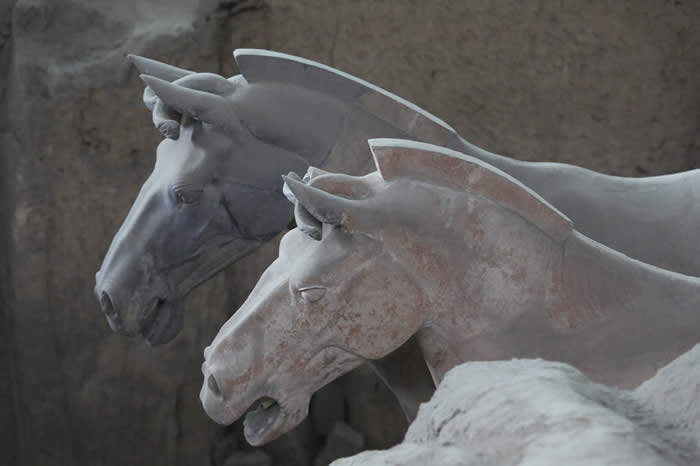 |
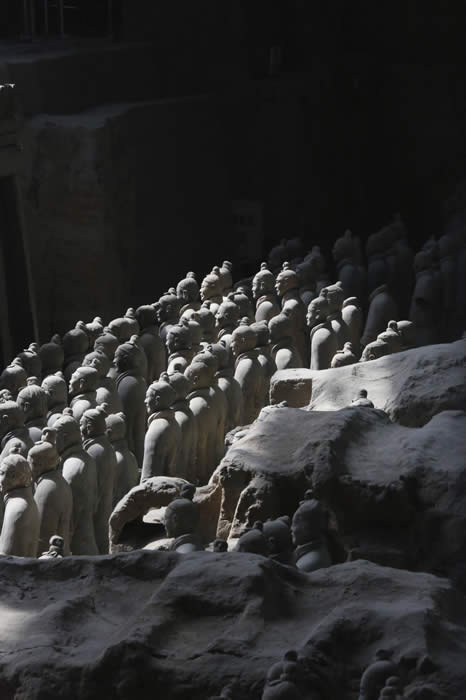 |
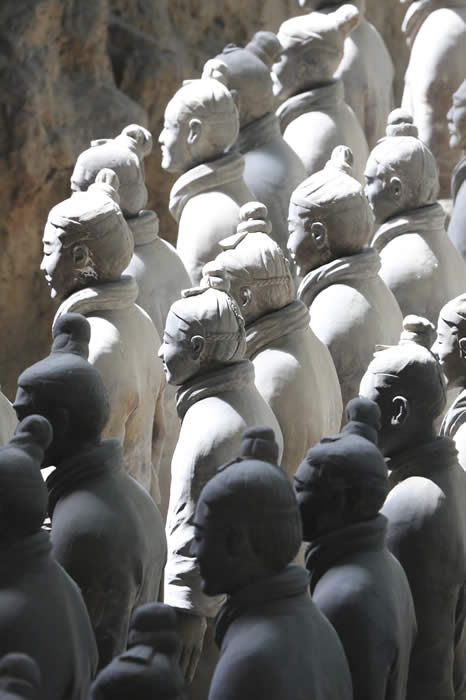 |
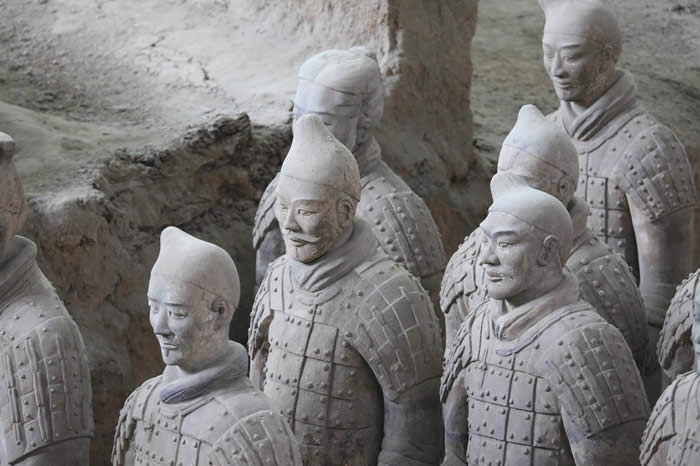 |
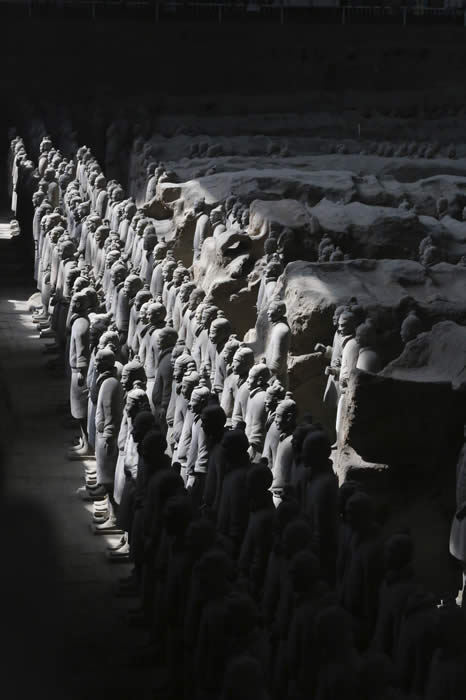 |
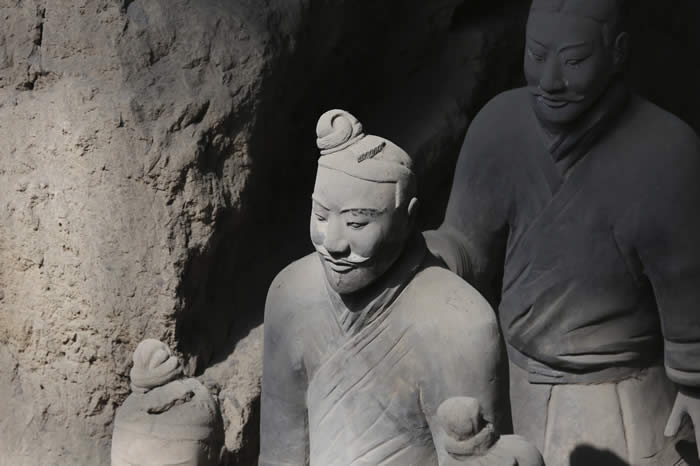 |
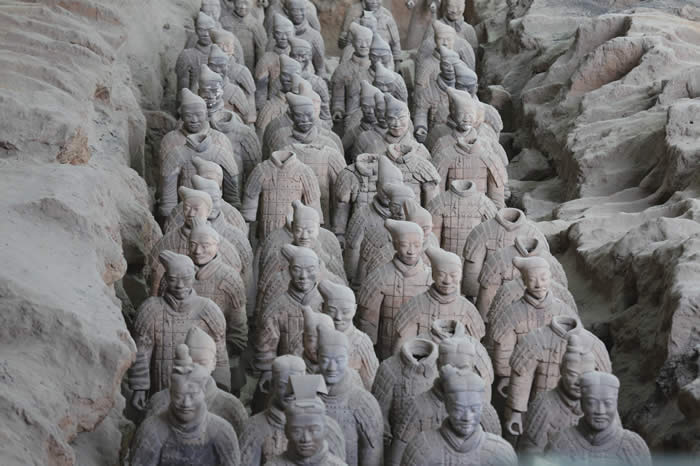 |
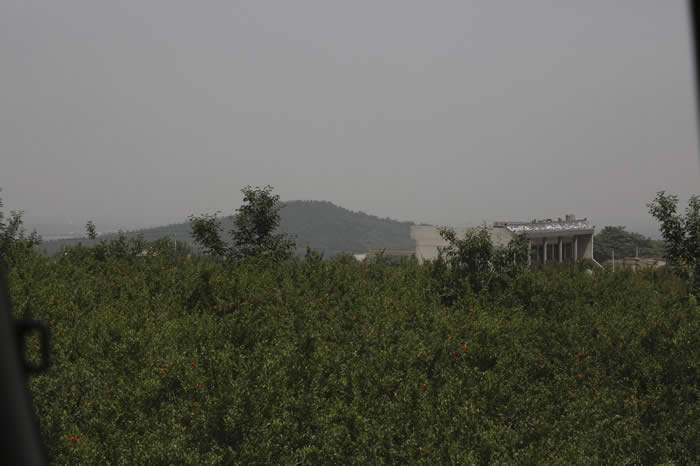 |
The tomb itself, seen from a distance. |